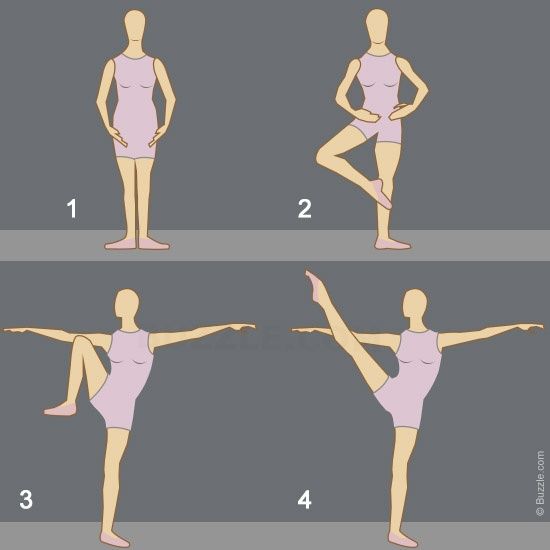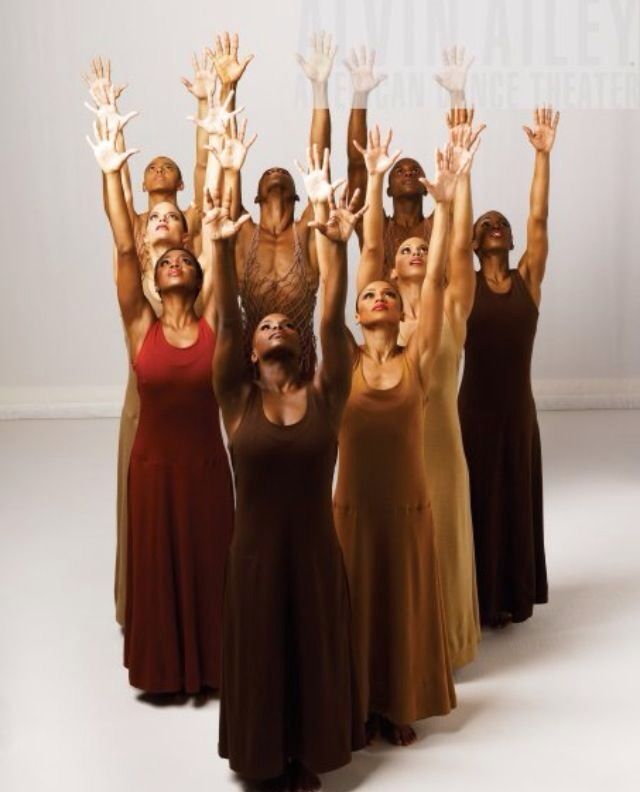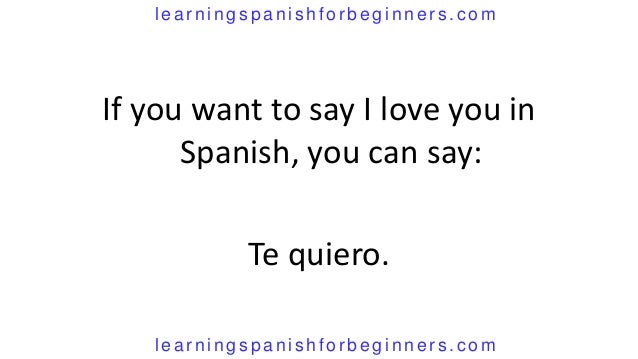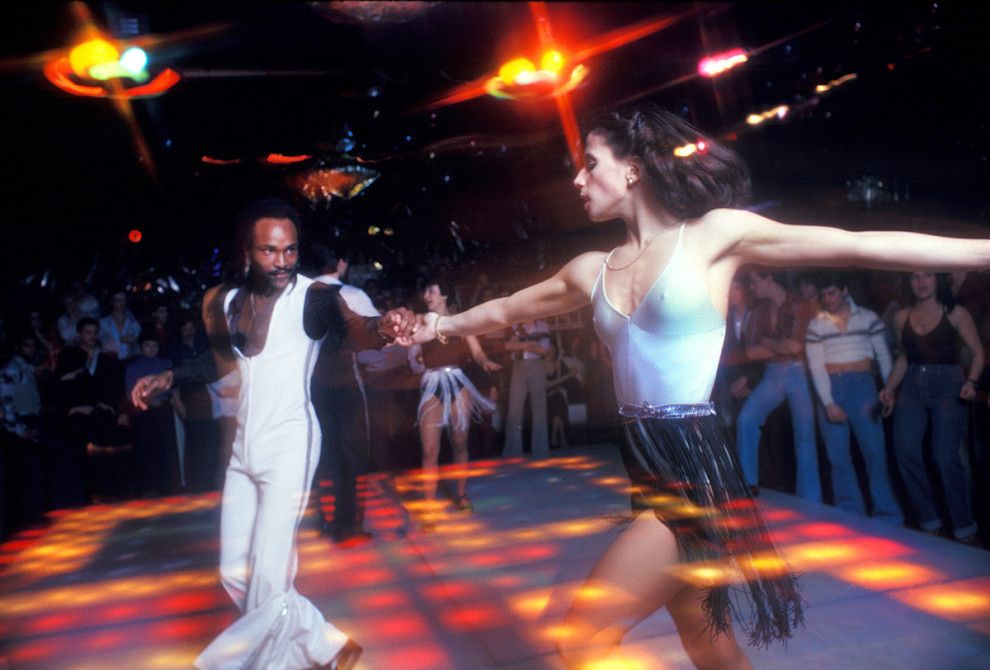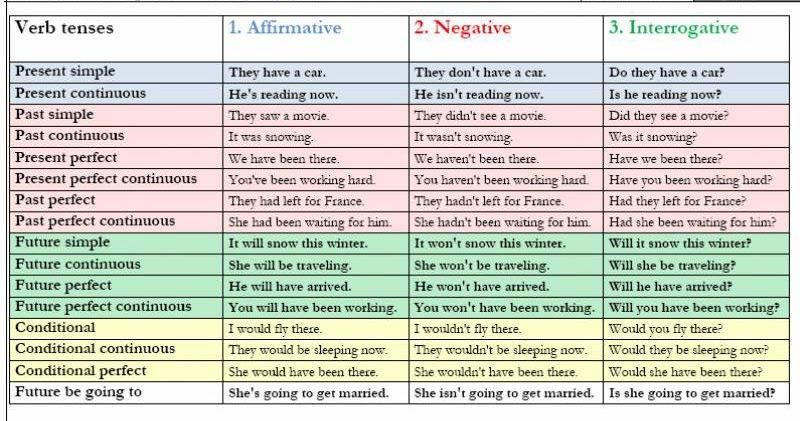How to learn ballet dance
5 Positions Children Can Practice at Home
The art of ballet is undeniably beautiful, graceful, and stunning. But that’s not to say it doesn’t come with its fair share of challenges. After all, there are many different thought processes, techniques, and variations associated with this dance form and it can takes years to master it. Not to mention, there’s no single “right” way to learn ballet for beginners.
With that said, many dancers will agree that it’s helpful to approach the barre with a basic understanding of its style and positions. No matter what genre your dance instructor teaches, the following fundamentals will always be a part of the curriculum. From Italy’s Cecchetti Method to the cross-genre techniques of contemporary American ballet, these beginner ballet positions keep dancers of every level in perfect form.
Ready to step up to the barre and learn some ballet? Our dance guide covers some of the most basic ballet moves every aspiring ballet dancer will need to know. From the five basic ballet positions to the port de bras, follow along to learn all the ins and outs of this elegant genre of dance.
Port de Bras Basics
For those just starting out, you might be hyper-focused on your footwork, perhaps forgetting about your arms. But the truth is, long before you learn complicated footwork or graduate to pointe shoes, you need to learn how to coordinate your arms and legs. In ballet (as in French), port de bras refers to the positions and movements of the arms. Ballet techniques focus on engaging the entire body, so for every position of the feet or legs, there’s a complementary port de bras that will allow your upper body to complete the full effect.
-
En avant (forward) – hold your arms out in front of your torso, rounding them slightly
-
En haut (high up) – now hold them above your head, keeping your shoulders flat
-
En bas (below) – bring them down to your sides, with your palms pointed inward toward your legs
Assume one position, then move one or both of your arms into the next.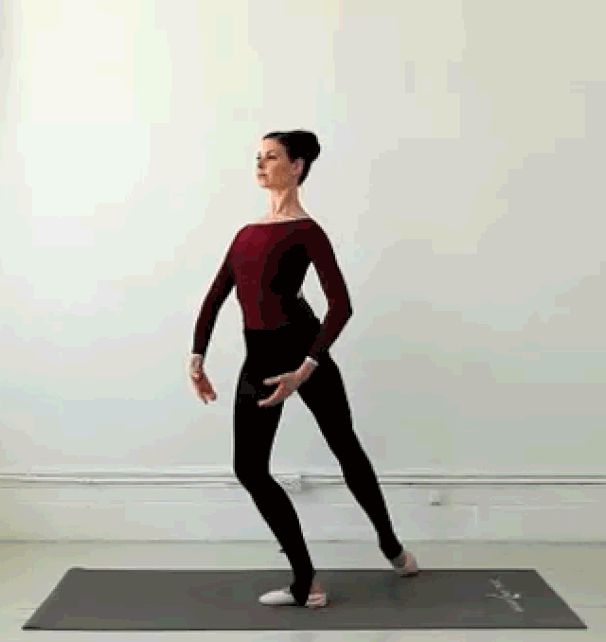 Did your shoulders move too? If you only moved one arm, did the other arm stay in the same place? Next, you’ll learn a transition technique that keeps your movements fluid and body parts in all the right places.
Did your shoulders move too? If you only moved one arm, did the other arm stay in the same place? Next, you’ll learn a transition technique that keeps your movements fluid and body parts in all the right places.
The Gateway
Now it’s time to work on the gateway position. As dancers move from one position to the next, their arms often stop in the gateway position along the way. This is fundamental in ballet for beginners, and it doesn’t hurt to practice at home first, because the goal is to train your arms until it comes naturally to you.
- Hold your arms in front of your body, rounding them as though you’re hugging a tree
- Lower your arms (but not your shoulders) very slightly; your elbows should no longer be even with your shoulders, but slightly below them
- Allow your hands to continue the curve of each arm, cupping them slightly with the palms facing you
- Line up your fingertips with the bottom of your breastbone (slightly higher than the bottom of your ribs)
- Keep your hands slightly apart; they must be free to move independently
The gateway position might look basic at first glance, but it’s incredibly important to achieve a slight downward slope with your arms, and to keep your shoulders turned out.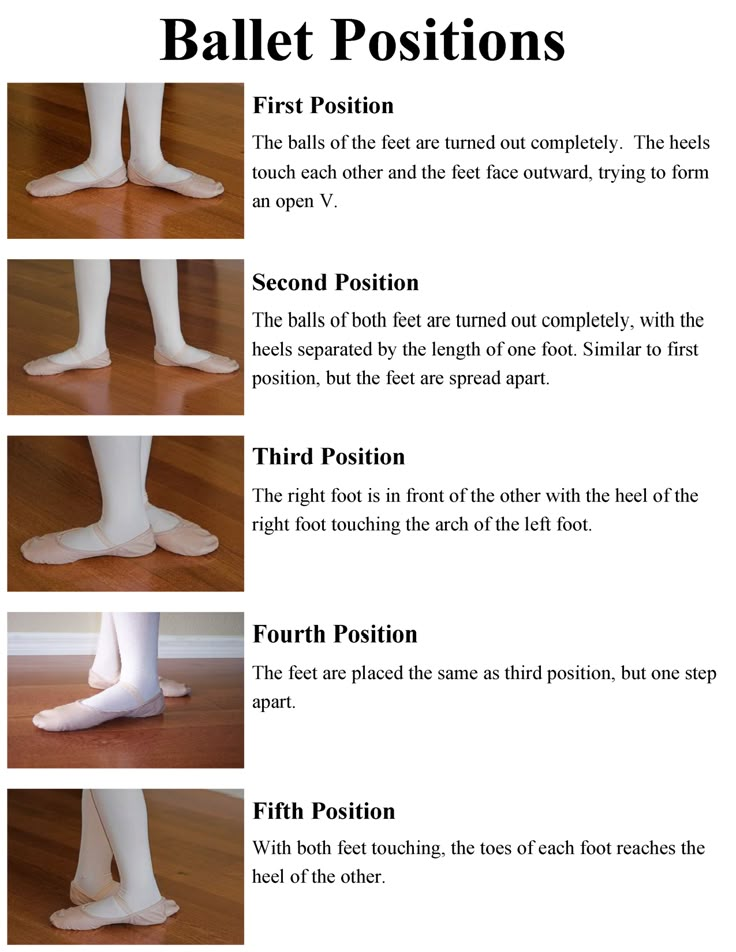 At first, you’ll be tempted to move your shoulders closer together or pull them forward. Instead, keep them in the same position, no matter where your arms go.
At first, you’ll be tempted to move your shoulders closer together or pull them forward. Instead, keep them in the same position, no matter where your arms go.
The Five Positions
Almost all ballet for beginners starts with the five fundamental positions: first, second, third, fourth, and fifth. While children usually learn the foot placement of each position first, sometimes it’s helpful to look at the whole picture from the very beginning. Each position also includes the legs, arms, and hands. To begin, take a look at the image below, a great resource from the Ballet Dance Experts website.
Photo by http://www.balletdanceexperts.com/ballet-terms-with-pictures/First position – Form a “V” with your feet, placing the heels together and the toes apart. Ballet instructors will likely tell beginners making this ballet position to keep their heels touching, but more advanced dancers may maintain up to two inches between their heels. Now, turn each foot out as far as you can, then lower your arms until your fingers almost touch your thighs, forming parentheses around your torso.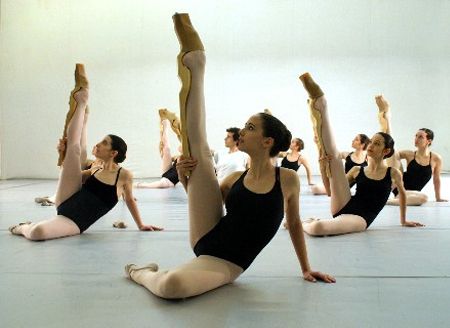 Unless you’re forming a plié while in this position, keep your legs straight.
Unless you’re forming a plié while in this position, keep your legs straight.
Second position – For this ballet pose, spread your feet slightly to the left and right, adding space between the heels, keeping your feet and legs facing outward. Your feet should be about hip-distance apart—if your feet are too close together, they may look like first position; if they’re too far apart the position won’t be useful. Hold your arms à la seconde by raising them at your sides until they almost form a “T”.
Third position – Many beginners will learn this basic ballet position. However, you likely won’t see it performed among more advanced dancers because it can be confused with a poorly executed fourth or fifth position. To do this pose, starting in first position, slide your right foot until its heel touches the inside of your left foot, roughly halfway between the heel and toe of that foot. Your feet and legs should be turned equally outward and your legs will remain straight. With your left arm in first position, lift your right arm slightly until your fingertips are even with your hips.
With your left arm in first position, lift your right arm slightly until your fingertips are even with your hips.
Fourth position – If you want to master pirouettes, it’s important to nail this basic ballet move. Take one step forward with your right foot, creating about a foot’s distance between both feet, but not too wide or too narrow. Align your heels with your opposing toes. As with the other positions, you’ll want to keep your legs straight with your knees and feet facing outward. Then lift your right arm the rest of the way, into second position.
Fifth position – This ballet position can get tricky and is often considered the most difficult in this set. From fourth position, turn out your right foot and place your left foot completely behind it, turning the opposite way, until your toes and heels touch. Remember to keep your legs straight and toes properly turned outward. Lift your arms en haut, leaving several inches between the hand above your head. You’ll use this position to eventually transition into turns and jumps.
You’ll use this position to eventually transition into turns and jumps.
The corresponding arm positions will vary slightly, according to the ballet school you choose. For example, first position in Russian ballet calls for the gateway pose, and so does the Cecchetti version of fifth positionen avant. However, practicing these now will improve your coordination and train you to think of your body as one complete instrument, rather than separate parts. This fluid synchronicity is what makes ballet choreography so graceful and powerful.
Obviously, you won’t master these ballet basics overnight. Just like learning any kind of skill, you’ll need to dedicate plenty of time to practice these positions. But remember, don’t rush these ballet moves. Go slowly, and be deliberate and exact about your hand positions and foot placements—you don’t want to pick up any sloppy habits! The more you practice, the more second nature these moves will become. And as you get the hang of these foundational ballet poses, you can move on to more advanced and elaborate moves!
Perhaps you’ve always dreamed of performing in the “Nutcracker” ballet.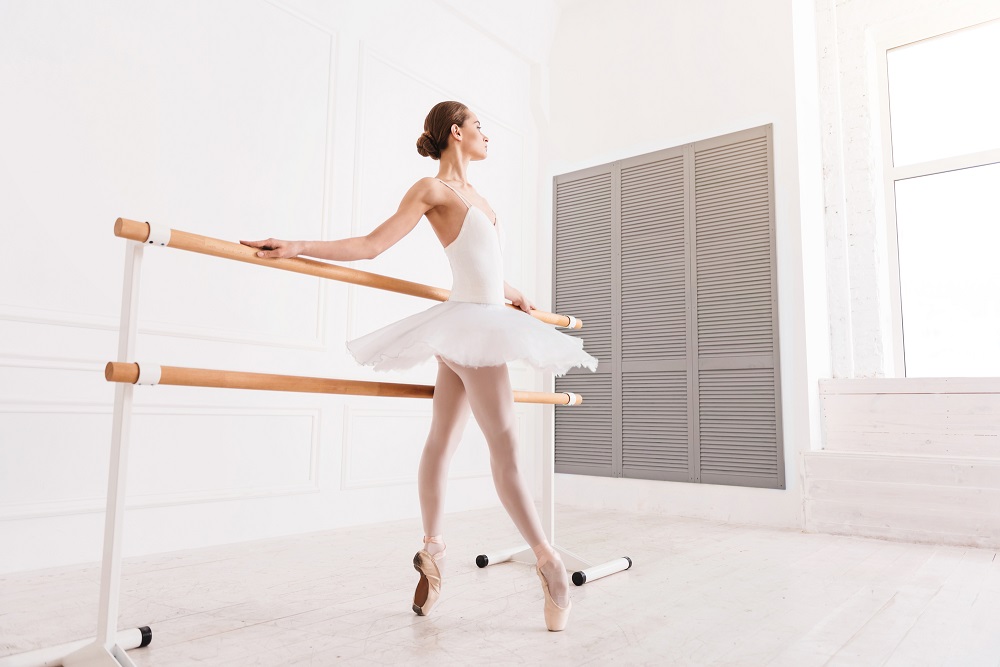 Or maybe you’re simply interested in taking on a new hobby. While our guide is a great starting place for learning some basic ballet positions, nothing beats working one-on-one with a private dance instructor. When you sign up for a spot in private dance lessons, your certified instructor will help you grow your skills and accomplish all your dance goals. Join today to see what a difference private lessons can make!
Or maybe you’re simply interested in taking on a new hobby. While our guide is a great starting place for learning some basic ballet positions, nothing beats working one-on-one with a private dance instructor. When you sign up for a spot in private dance lessons, your certified instructor will help you grow your skills and accomplish all your dance goals. Join today to see what a difference private lessons can make!
Photo by vharjadi
10 Things to Know Before Starting Adult Beginner Ballet
Growing up, I was always drawn to the Ballet art form.
I would put on a leotard and tutu and dream of what it might feel like to perform the ultimate feats of elegance & grace.
And I know I’m not alone.
But when you’re a grown adult who still wants to learn Ballet, it might feel like your time has passed.
Fear not –– you can start learning Ballet at any time in your life!
You just need to start by knowing these 10 things below.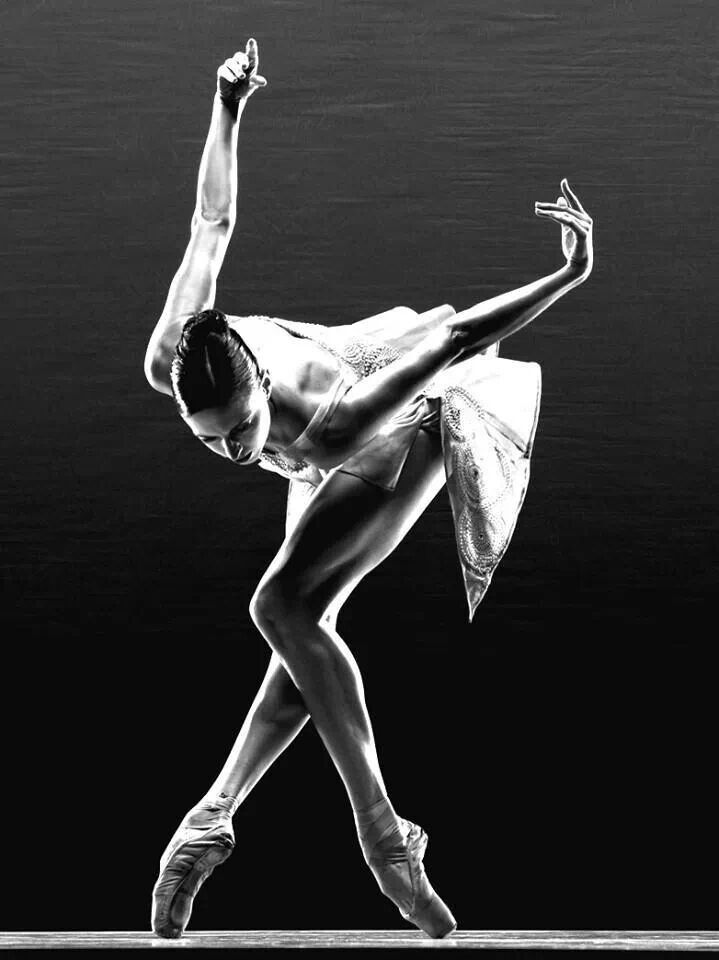 👇
👇
1. Ballet’s Past & Present
When you think of Ballet, what comes to mind?
Classical music, buns, tutus, old traditions, and French words, right?
Ballet is an old tradition –– it originated in 15th Century Italy before making its way to France where it was exclusively practiced by French courtiers and royals.
Given its history, it makes sense to want to learn Ballet to feel more sophisticated & refined!
But keep in mind that Ballet, like any art form, is evolving.
Through social media platforms, affordable performance venues, and an increasing number of adult-friendly Ballet programs available on platforms like STEEZY Studio, Ballet is becoming more inclusive every day.
Speaking of which...
2. It’s Not Only for “Certain Girls”
Did you know that some football players take Ballet classes to improve their agility, posture, and movement?
Or that Tupac Shakur danced as the Mouse King in Baltimore School for the Arts’ performance of The Nutcracker?
Or that there are skilled Ballerinas of every shape and size?
While Ballet was once restricted to a specific set of rich, white performers, anyone can be a Ballet dancer.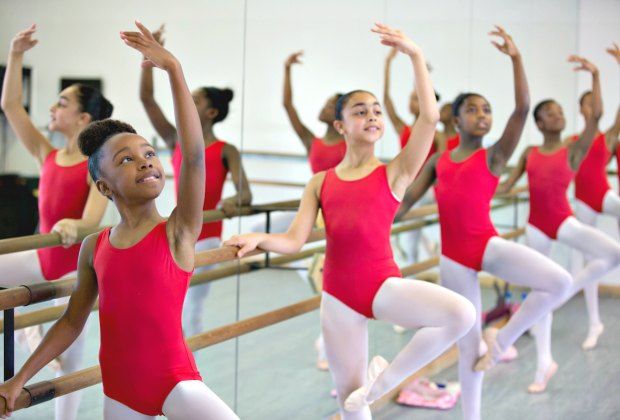
You don’t need to be feminine nor female, thin nor “soft” –– in fact, if you’ve ever met a Ballet dancer in person, you’ll notice that they have larger muscles than the average WWE fighter!
Harper Watters - STEEZY Ballet InstructorWhatever your race, gender, sexuality, or background, remember this:
If you’re learning Ballet, you are a Ballet dancer. Period.
3. How to Determine Your Ballet Goals
Ok –– so you’re a Ballet dancer.
But what type of Ballet dancer do you want to be?
Before you look for a class, ask yourself:
Are you trying to find an outlet for creativity? Are you trying to find a fun new hobby? Are you trying to find a new way to exercise your body?
If you want to expand your creativity, focus on the artistic aspect of Ballet by learning variations –– dramatic solo dances that allow the dancer to tell a story.
For example, in the famous Kitri variation from Don Quixote, the main character is a feisty Spanish princess who’s chosen to marry someone against her father’s wishes.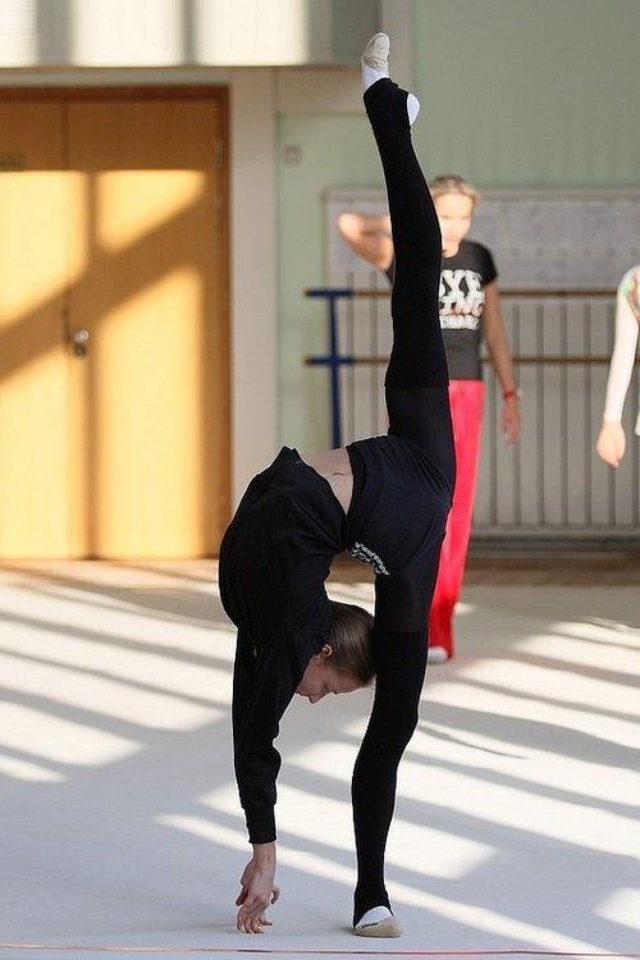
You can connect with this character and play up the story by choosing a wedding-themed costume, using a Spanish fan as a prop, or experimenting with flirtatious facial expressions!
Try out all of these artistic choices in the Kitri class on the last day of STEEZY's "Intro to Ballet" program!
If you’re dancing to improve your fitness, focus on repetition & engaging your muscles as you train.
Once you have a few steps down, you can even practice them to your favorite upbeat songs in order to get your heart rate up.
Just want to have fun? Focus on finding a set of moves you really enjoy doing, and make those the core of your weekly training.
If pliés aren’t your favorite, but you love doing tendus… you can ten-do those all day!
Check out this article to learn more about goal-setting: How to Set and Achieve Your Dance Goals
4. How to Choose the Right Ballet Class For You
There are many different types of Ballet classes out there, so it’s important to find a class that’s tailored to your goals.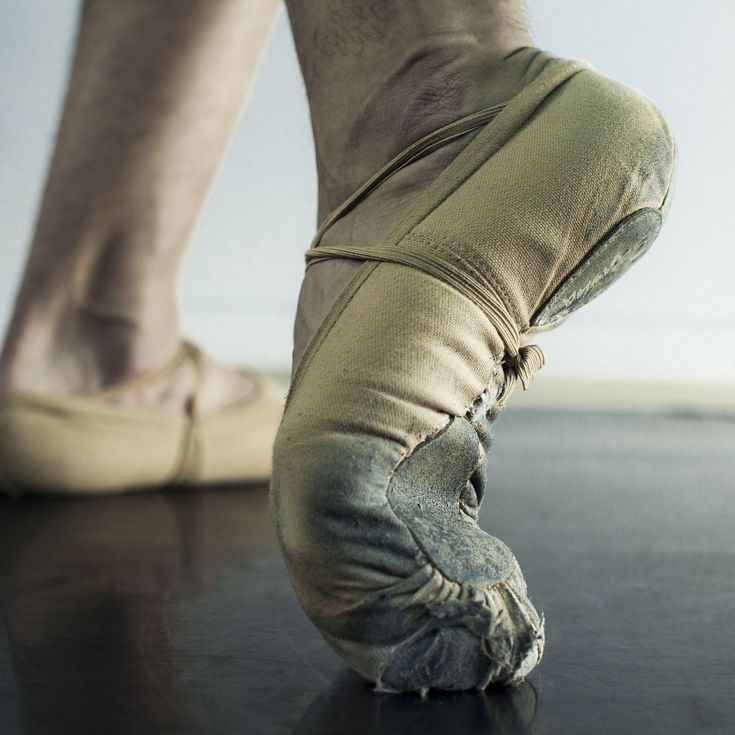
Private Lessons
Pros:
- You’ll get undivided attention and feedback, which will help you master techniques and level up quickly.
- Your instructor can tailor the classes to your specific needs –– great for dancers with limited mobility, space, or time.
Cons:
- Private lessons tend to be expensive.
- You may miss out on the social aspect of dancing. Learning with others can be rewarding and motivating!
- You’ll have to vet your instructor on your own. With services like Zoom, anyone can offer Ballet lessons online fairly easily, so you’ll need to spend some time searching for a great instructor and ensuring that they’re qualified.
In-Studio Classes
Pros:
- In-studio classes allow you to get real-time feedback from your instructor.
- You can learn alongside other people and make new dance friends!
Cons:
- Many classes marked “beginner” still expect students to have a little bit of basic knowledge and skill.
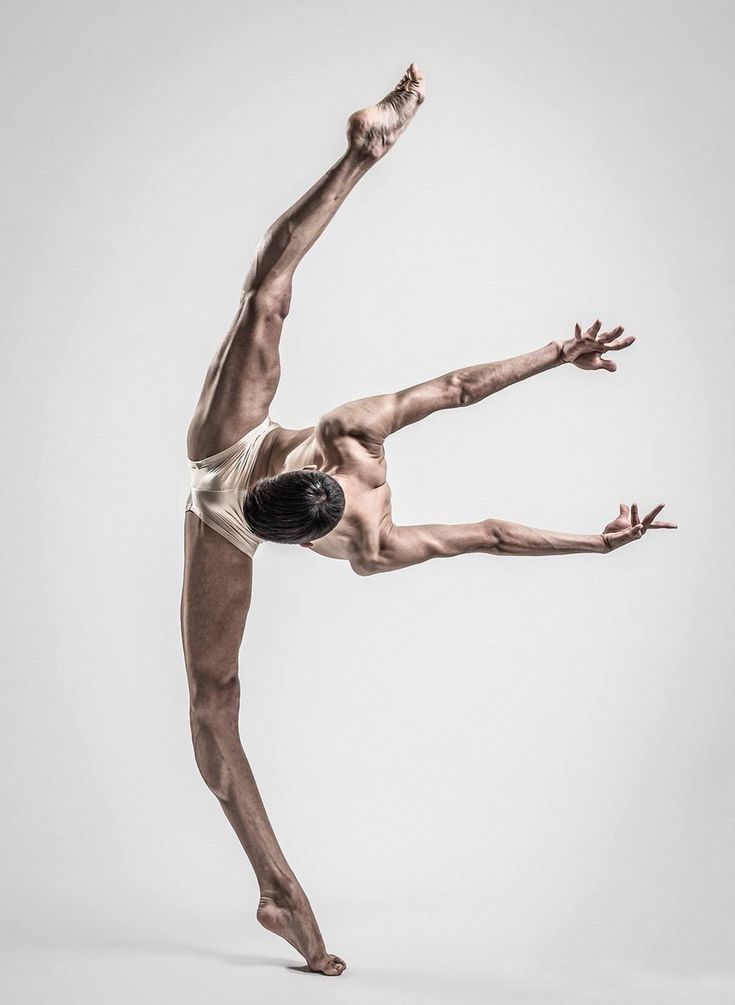 They will not explain Ballet terms or break moves down completely.
They will not explain Ballet terms or break moves down completely. - In-studio classes can also be expensive! Remember, you’re paying for not only the class, but for the entire studio to keep their lights on.
- These classes can be tough to find if you live in a smaller city or town. A lot of studios still prioritize kids-only classes, so you may have to travel outside of your city to find an appropriate studio that offers Ballet classes for adults.
Online Ballet Classes
Pros:
- Recorded classes give you the opportunity to take your time and train on your own schedule.
- You never have to worry about falling behind, looking awkward, or being the only adult in class.
- Online Ballet classes can be much more affordable –– for example, you can take unlimited programs & classes on STEEZY for $99 per year, whereas most live classes cost $15-$20 each.
- You can get a nice balance of private learning & socializing by joining your learning platform’s Online Community.
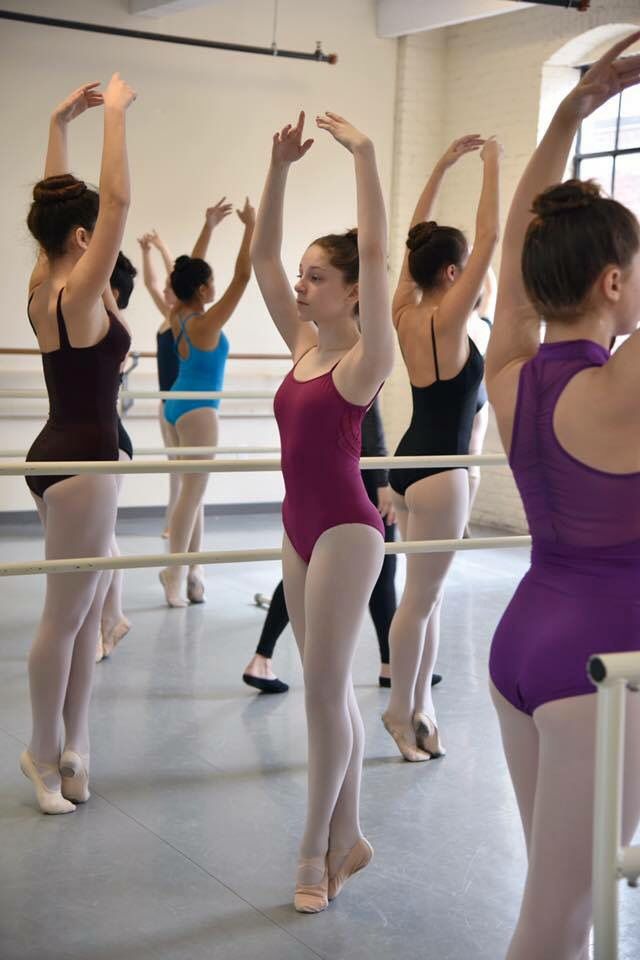
Cons:
- Even though each class will feel like a 1:1 private lesson, you may have to look to social media, such as STEEZY’s Facebook community, to get continual support from others who are sharing the learning experience.
Interested in training at home? Learn more about STEEZY Studio’s “Intro to Ballet” program below:
Related Article: Famous American Ballet Schools You Should Know
5. Ballet Requires Determination
Once you find the perfect class, it’s important to adopt the proper mindset for your Ballet training.
Go into each class with a small, actionable goal, such as mastering a single move, or being able to stretch a little further than yesterday.
Remind yourself throughout each training session that learning these things takes time and repeated practice!
You may feel like you’re a slower learner or not as limber as you used to be, and that’s ok –– as long as you’re practicing, you’re making progress.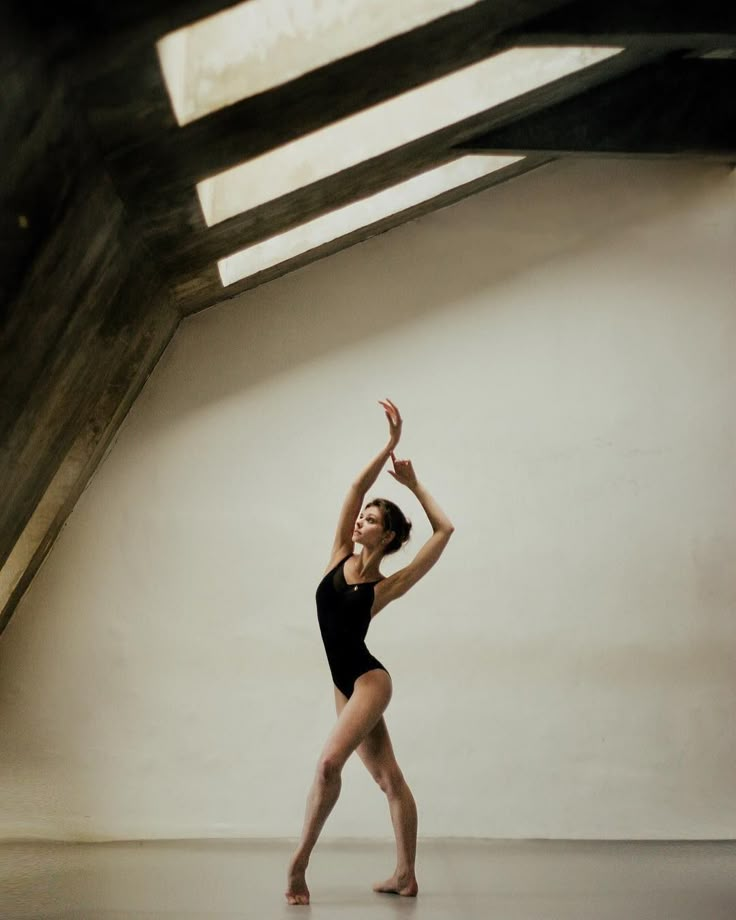
6. You Don’t Need a Pink Tutu
Professional Ballet dancers don’t always train in tutus. Neither should you!
Your clothes should hug your figure so you can see the lines you’re creating with your body, and they should be comfortable enough to sweat in.
If you’re just starting your dance wardrobe, opt for a leotard paired with shorts or leggings, as you can find these pieces in a wide range of sizes and colors.
For example, STEEZY’s “Intro to Ballet” instructor, Brittany Cavaco, has a Ballet apparel collection with SoDanca that features inclusive sizing and comfy materials.
Tap here to see what we mean: http://stzy.co/sodanca
And if you don’t feel confident in a leotard yet, just start with athletic wear that allows you to move freely and see your body well!
7. You DO Need the Right Shoes
Ballet shoes on the other hand, are a little more important for safely practicing ballet movements.
Ballet requires a lot of smooth, gliding movements across the floor, but you’ll also need just enough grip to keep you from slipping.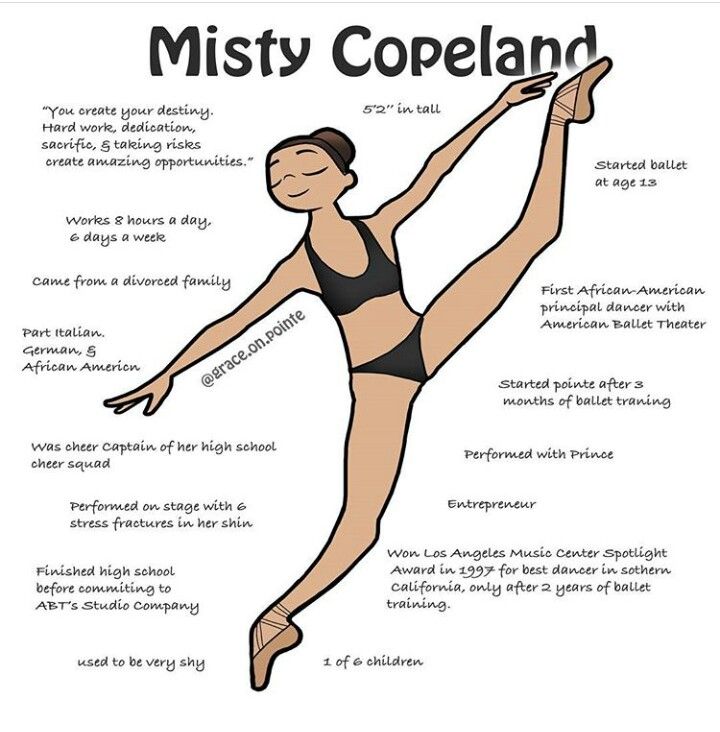
Opt for a pair of Ballet slippers rather than pointe shoes – they’re soft & easy for beginners to wear.
You can get a pair for around $20-25 through online retailers like SoDanca as well!
8. How to Prep Your Dance Space
If you choose to learn Ballet at home, you'll need a 6x6 square foot space for practice.
For barre, you need even less space because you're working on 1 side of your body at a time.
When you're doing turns or variations, you might need a little more room or adjust your range of motion.
You should also avoid carpeted areas as the resistance of the carpet can cause knee and ankle injuries.
If you don’t have hard, smooth floors inside your home, set up space in your garage or purchase affordable dance floor mats on amazon.
Watch this video for more info:
Lastly, you don’t need a barre – anything sturdy that’s slightly above your hip height is perfect.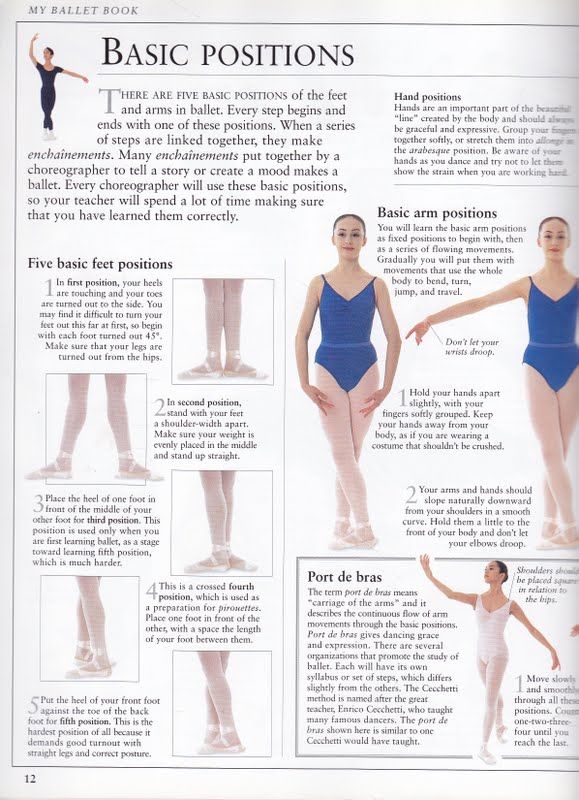
Many Ballet dancers use a chair, shelf, table, or windowsill. If your chair isn’t as sturdy, lean it against a wall so you’re properly supported.
9. How to Dance Ballet Safely
Remember, Ballet is physically demanding!
It’s important to treat your body well, so you can follow along with your classes safely.
Make sure to eat balanced meals on class days, and hydrate before and after you train.
If your class does not include stretches, warm ups, and cool downs, be sure to supplement your training session appropriately.
And, of course, learn at your own pace.
Yes, you can expect to sweat, feel sore, and be challenged.
But listen to your body carefully!
If you feel like a move is outside of your ability, don’t feel pressured to learn it right away.
10. You’re Here to Have Fun
Try not to hyper-focus on perfection. This will make you forget why you started in the first place!
After each lesson, check in with yourself by asking:
What did I enjoy about my class? What made me feel excited? Proud?
You’re likely dancing because you love to dance.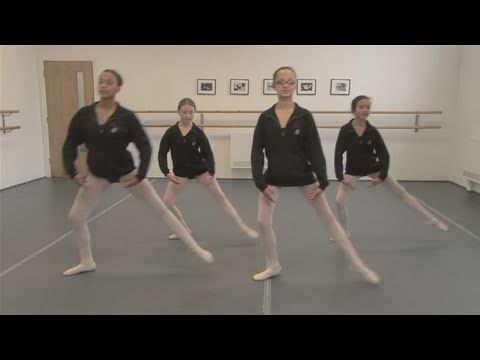 Make sure that you’re preserving and growing this love, not turning it into another chore or source of stress and insecurity. Dance is for you.
Make sure that you’re preserving and growing this love, not turning it into another chore or source of stress and insecurity. Dance is for you.
--
We hope this helped you start your Ballet journey!
And if you’re still looking for the perfect beginner class, head on over to STEEZY Studio.
With a free 1-week trial, you can begin our “Intro to Ballet” program & start learning the basics, step-by-step, in the comfort of home.
See you in class!
What to Read Next:
How to Learn Hip Hop
What is House Dance?
What is Whacking?
What is Locking?
Ballet dances for children - how to learn?
Ballet is considered the pinnacle of classical choreography, the quintessence of not only European but also world high culture. Refined grace and filigree refinement of movements, the utmost expressiveness and emotionality of each gesture - for these qualities this art has enjoyed unflagging popularity for several centuries.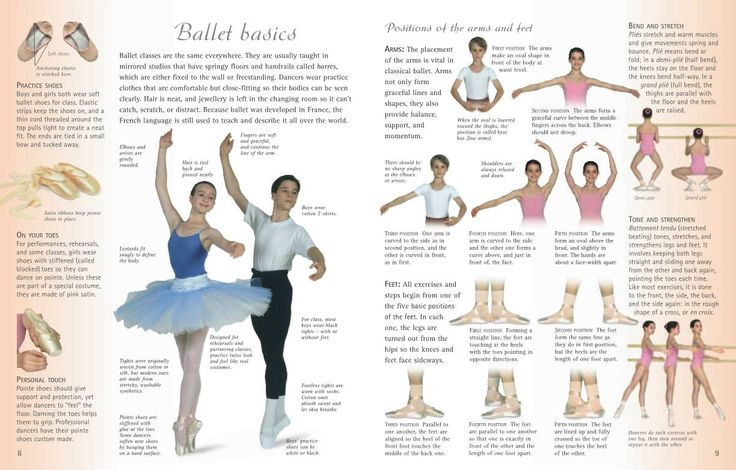 Therefore, it is not surprising that many parents send their child to ballet classes for children in various schools and clubs. nine0003
Therefore, it is not surprising that many parents send their child to ballet classes for children in various schools and clubs. nine0003
But if you haven't made that decision yet, you can prepare your baby ahead of time by following these simple guidelines.
Clothes. Teaching children ballet at home does not require a special dance uniform - just have comfortable and stretchy leotards and a T-shirt. It is important that the clothes do not constrain movements, do not create discomfort, but at the same time do not get confused. For the first time, the child should not be engaged in pointe shoes - such shoes will be harmful to the unformed skeleton of children's feet. It is enough to exercise in comfortable sports shoes or barefoot. Never use heavy sneakers or ballet shoes - despite their name, these slippers are not designed for ballet practice. nine0003
Location. It is important to provide a comfortable and safe space for your child to practice ballet at home. The best option is a spacious room with laminated floors for easier slipping of the sole or foot, equipped with a large mirror with which the child can observe the correctness of his postures and movements. To practice movements, it is also recommended to equip the room with ballet machines, which act as a support for the performance of racks and reduce the risk of injury. If you can't afford a ballet barre, you can use any reasonably strong and durable structure or surface instead, such as the back of a chair or sofa. nine0003
The best option is a spacious room with laminated floors for easier slipping of the sole or foot, equipped with a large mirror with which the child can observe the correctness of his postures and movements. To practice movements, it is also recommended to equip the room with ballet machines, which act as a support for the performance of racks and reduce the risk of injury. If you can't afford a ballet barre, you can use any reasonably strong and durable structure or surface instead, such as the back of a chair or sofa. nine0003
Music. For home ballet lessons, you can use a variety of music - the main thing is that it is convenient for a child to dance to it. It is not at all necessary to immediately start learning movements to classical orchestral compositions, since their rhythmic pattern is very complicated even for an adult, not to mention children. You can start with simple music - it is important that the child clearly feels the rhythm and beat. It can be both fast and melancholy, ballet is universal in this regard.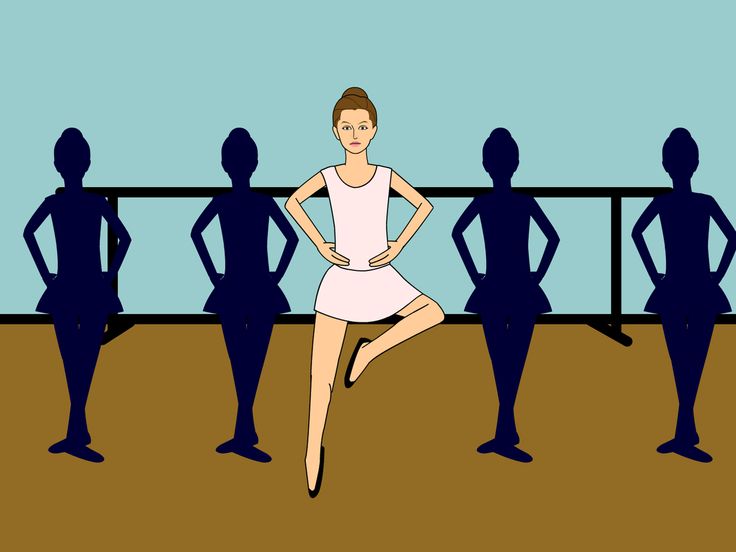 nine0003
nine0003
Study materials. There are quite a lot of videos on the Internet on how to learn how to dance ballet. It is important to choose among them those made by professionals - it is quite easy to determine if the author of the video is a practicing dancer or ballerina. As a rule, large ballet dance schools post video lessons on their websites that you can use. There is also specialized literature in which each posture or movement is analyzed in detail. Do not demand that the child immediately complete difficult lessons - practice shows that this will only lead to injuries. At home, it is better to perform basic simple exercises and stretching to train flexibility. nine0003
Control and encouragement. Children's consciousness is not yet so self-sufficient as to independently evaluate their successes or failures. Therefore, it is very important that the child feels support from his parents in his endeavors. Focus on his successes, but do not hush up his failures - the kid should immediately understand that the art of ballet is very difficult, he will have to face obstacles and overcome them.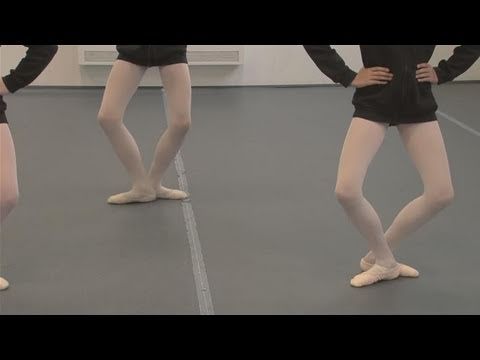
Of course, the best option is to enroll your child in a ballet studio. For example, you can use the services of the House of the White Rabbit children's club, whose professional teachers know from their own experience how to dance ballet. Equipped premises, highly qualified teachers, constructive, pleasant atmosphere will help your child to reach his potential. nine0003
Ballet Dictionary - definition of basic terms in ballet
Ballerinas always dance on tiptoe. Wouldn't it be easier to take taller girls? joked one comedian. In fact, they do not move on tiptoe, but on pointe shoes. And we will tell you what pointe shoes are, and what all these beautiful ballet terms mean.
Just as physicians learn Latin at the same time as their special education, so ballet dancers can be advised to learn French, then in the dance class there will be no need to explain the choreography. The vocabulary of ballet comes almost entirely from French, and literally describes what the movements look like. nine0003
nine0003
In the old ballet, the terms reflected some image, for example: the movement of a cat (French pas de chat), fish (French pas de poisson), scissors (French pas de ciseaux) and others.
Sign up for a trial lesson
Here are examples of generally accepted modern concepts: , raised to any height, while the supporting leg is on the whole foot, half-toes or fingers, hands are in the arrondie position. nine0003
Arrondi (arrondie - rounded) - rounded position of the hand.
Arabesque (arabesque - Arabic)
A pose in which the dancer stands on one leg, the second is laid back, the arm corresponding to the supporting leg is extended forward, the head is directed towards it, the other arm is laid aside.
B
Batmans (Battements - beating, blows)
A group of movements that develop strength, eversion, sharpness and elasticity of muscles. They are characterized by swinging the legs forward, backward or to the side. nine0003
Brize (from Briser - to break or brise - light wind)
A small jump, moving forward or backward behind the foot.
B
Variation (Variation) is a short but complete virtuoso dance for one or more performers. It is usually part of Pas de deux, Pas de trois, Grand Pas, but is possible as an independent episode.
G
Glide path (Pa) (Glissade, from glisser - slide)
Progressive jump starting and ending in 5th position. Or a movement consisting of opening one leg in either direction on the demi-plié and then stepping on the toes in the same direction, pulling the other leg into 5th position.
D
Demi-plié (demi-plié) - that is, a semi-squat. The French prefix "semi-" can be used with other terms as well.
Divertissement (Divertissement - entertainment)
A series of dance numbers following one after the other; a concert program consisting of dance numbers of various genres and characters.
K
Corps de ballet (corps de ballet, literally - the composition of the ballet). The main part of the troupe, artists performing crowd scenes together.
Croisée (Croisée, from croiser - to cross)
Classical dance pose, built from the 5th position by moving the leg forward or backward. The pose can also be performed in the air, on a jump. nine0003
P
Pa (Pas - movement, step).
Just movement, the leitmotif on which the dance is built; in a more general sense, a complete dance phrase or a whole composition.
Pas de deux (lit. "dance of two")
Musical and dance form adopted in ballet since the 19th century, consisting of Entrée (beginning), Adajio (adgio duet dance), Variation (variations of a ballerina and dancer ), Coda (final part).
Plie (Plié, from plier - bend [knees]). Squatting on two legs in any of the existing positions.
Pointe shoes — women's ballet shoes.